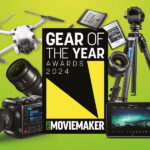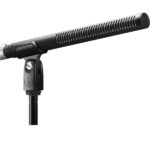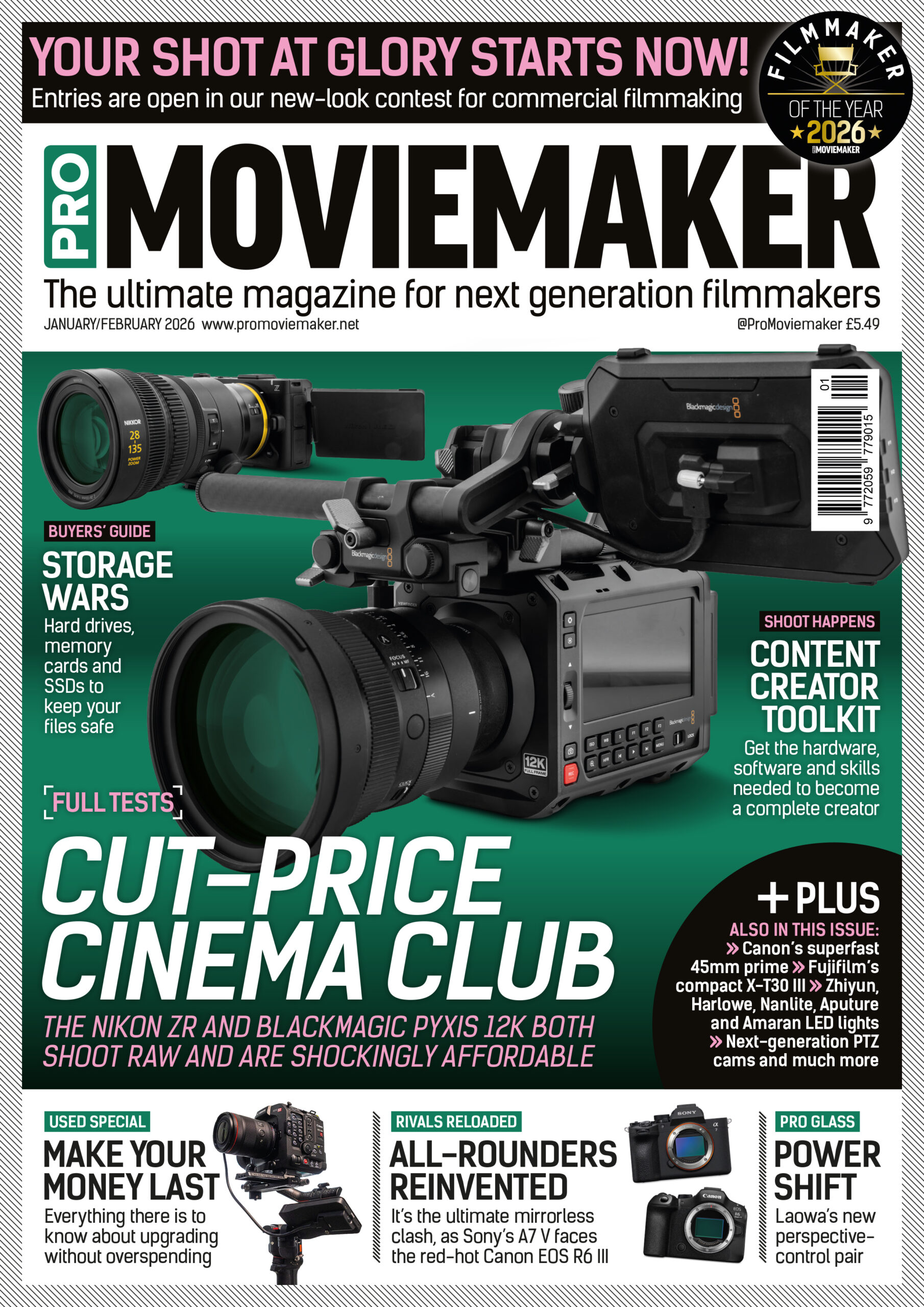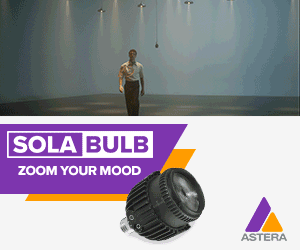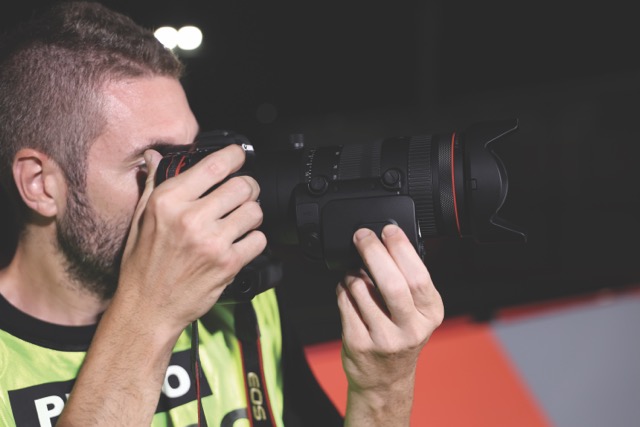
CVP’s experts answer your kit queries
Posted on Jun 25, 2024 by Pro Moviemaker
The technical gurus at Britain’s number one filmmaking retailer guide you to making great gear choices for your business
Advertisement feature
I have used the Canon EF 24-105mm f/4 lens for years and now use it on my Red Komodo with an adapter. I am yearning for the new RF mount Canon 24-105mm f/2.8, but it is a sizeable expense. Apart from the wider aperture, will I see a difference in image quality and does it display focus breathing? Or should I invest in cine primes?
Canon’s original 24-105mm f/4 for the EF system is quite dated now, but served well as a great all-rounder L-series lens. With Canon’s more modern RF lenses being designed for mirrorless systems, they are smaller, lighter and offer greatly improved optical performance, with the 24-105mm f/2.8 being a key example of this. Not only does it outperform both the 24-70mm f/2.8 and 24-105mm f/4 in sharpness, it offers a manual aperture ring making it ideal for video applications. It does display some focus breathing more towards the wider focal lengths, although I recommend watching our in-depth review on the lens to see our full testing:
Whether you go for this lens or a set of new cine primes very much depends on what and how you shoot. If the EF 24-105mm f/4 has served you well for the past few years, then this new lens might be the more familiar upgrade. And you can add a powerzoom control, if you want.
The new Blackmagic Pyxis 6K looks like the camera I’ve been waiting for and can finally afford. But how involved is using Blackmagic Raw files as I do not use Da Vinci Resolve and find it incredibly complicated? Is there a way to use BRAW files in Adobe Premiere Pro?
Blackmagic Raw (BRAW) is a versatile Raw codec that shouldn’t be seen as complicated to use. It is a little bit more involved than a standard RGB codec like ProRes 422 due to the Raw controls you are given, but this can make for a simpler time in post due to the ease of adjusting exposure, white-balance and other crucial parameters. If your workflow involves a lot of time grading, then I would recommend looking into DaVinci Resolve, but BRAW is also supported in Premiere Pro with Blackmagic’s free Raw SDK download.
I have never used lighting for my work as it’s mainly outdoor sports, but I would like to improve the look of my interviews. I’m looking for a basic and portable three-head LED kit; but should I go for smaller light panels or COB lights with modifiers?
Due to the design of most panel lights, you typically get a softer light without the need of modifiers and thus making for a smaller footprint on-set. COB lights, however, are a single-point light source that create a more direct, harsher light, but usually offer a mount that allows the attachment of a vast array of lighting modifiers such as soft boxes, fresnels, barn doors and more. So while the footprint may be bigger, you get a lot more control over the shape and quality of light. One recommendation if you are shooting outdoors and under direct sunlight is to use a large diffuser to soften up the natural light, then use LEDs as a fill or edge light.
I hate seeing clip-on lapel mics in shot, but I need them. What are some tips or tricks to hiding them? Are there any accessories that can help?
One of the easiest ways to hide a lapel mic is to use little microphone stickies. Rycote makes a whole range of these which allow the microphone to be stuck on the underside of clothing, well out of shot.
How do variable ND filters work? I thought VND filters were made from two polarisers, so does this mean there is a polarising effect?
Variable ND filters are indeed constructed using polarising filters. Although they are paired with what are called quarter-wave plates so that light is circularly polarised on entry to and exit from the filter. This manages to eliminate standard polarised filter effects while also allowing a camera to correctly meter a scene.
Vote for us in the Gear of the Year Awards!
CVP has once again been nominated for the retailer of the year (both new and used equipment) in our Gear of the Year Awards. The winners are decided by professional filmmakers, so go ahead and cast your vote via this link.
CVP has won for the past two years in the new category, as it is recognised for great service, keen prices, innovative showroom spaces that have plenty of the latest equipment on hand and impartial experts to answer any questions.
If you would like a hands-on feel for fresh equipment, and even to check it out with accessories so you can get a genuine idea of what it would be like to work with, then CVP is the place.
Call +44 (0) 208 380 7400, email [email protected] or visit cvp.com to book a demo.
This feature was first published in the July/August issue of Pro Moviemaker.

